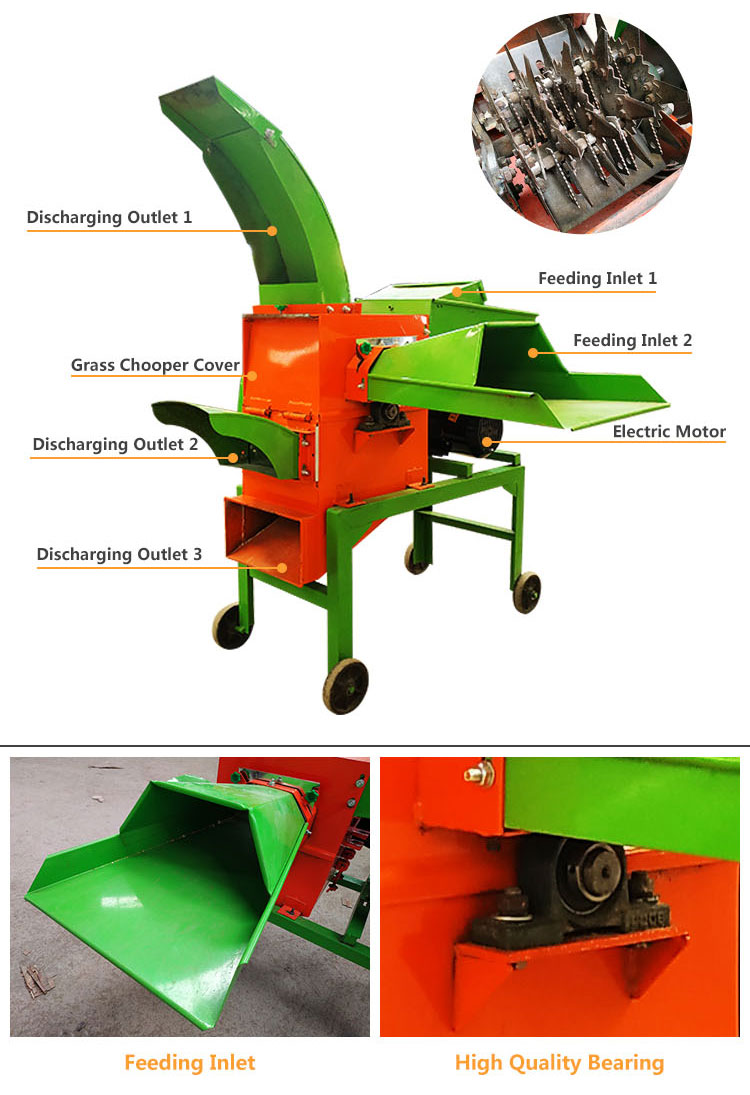scalding tank
Dec . 26, 2024 10:20 Back to list
scalding tank
Understanding Scalding Tanks Safety and Efficiency in Industrial Operations
In various industries, the use of tanks for holding and processing fluids is a common practice. Among these types of tanks, scalding tanks play a crucial role, particularly in food processing and manufacturing sectors. A scalding tank is specifically designed to hold liquids at elevated temperatures, typically for the purpose of preparing, treating, or cooking products. In this article, we will explore the functions, applications, safety considerations, and efficiency measures associated with scalding tanks.
What is a Scalding Tank?
A scalding tank is a specialized container that can maintain high temperatures, usually ranging from 140°F (60°C) to 190°F (88°C), depending on the specific application. These tanks are commonly used for scalding poultry to facilitate feather removal, as well as for blanching vegetables to preserve color and texture before freezing or further processing. Constructed from materials such as stainless steel for durability and ease of cleaning, scalding tanks are an essential component of modern processing facilities.
Applications of Scalding Tanks
The primary application of scalding tanks is in the food industry. For poultry processing plants, scalding is a critical step in preparing birds for processing. By immersing the birds in hot water, the feathers loosen, making plucking easier and more efficient. Furthermore, scalding can help in the reduction of microbial load, contributing to safer food products.
In the vegetable processing sector, scalding tanks are often used to blanch vegetables before freezing. This process stops enzyme actions that can cause loss of flavor, color, and texture, and it also helps in preserving nutritional value. Moreover, blanching can reduce microbial load on the surface of vegetables, improving food safety.
Safety Considerations
When dealing with high temperatures, safety is paramount. Scalding tanks present several hazards, including burns, equipment failure, and slips or falls due to wet surfaces. To mitigate these risks, industries must implement a series of safety measures.
1. Training and Education Employees should receive comprehensive training on the safe operation of scalding tanks, including understanding the temperature settings and handling procedures.
scalding tank

3. Regular Maintenance and Inspection Routine checks on the tanks and related equipment are essential. This includes monitoring temperature controls, security of plumbing fixtures, and structural integrity.
4. Emergency Protocols Clear and accessible emergency protocols must be established, including procedures for dealing with burns or chemical spills.
5. Signage and Warnings Proper signage should be posted around scalding tanks to warn employees of the potential dangers.
Efficiency Measures
In addition to safety, efficiency is a significant focus for industries utilizing scalding tanks. Here are a few measures that can enhance operational efficiency
1. Temperature Control Systems Advanced control systems can ensure that the water is maintained at the optimal temperature for effective scalding while also minimizing energy consumption.
2. Automated Processes Automation can improve consistency and reduce labor costs. Automated loading and unloading systems can streamline the processing operations, reducing worker exposure to hazards.
3. Water Recycling Implementing water treatment and recycling systems can not only reduce costs associated with water usage but also minimize the environmental impact of operations.
4. Regular Process Evaluations Conducting periodic evaluations of the scalding process can identify areas for improvement, helping to enhance overall efficiency and product quality.
Conclusion
Scalding tanks are integral to the food processing industry, providing critical functions that enhance both product quality and safety. By understanding their applications, adhering to safety protocols, and implementing measures to improve efficiency, industries can optimize their operations while ensuring the well-being of their employees. As the demand for safe and high-quality food products continues to grow, the significance of scalding tanks and the technologies supporting them will remain vital in the landscape of modern food production. Taking a proactive approach to safety and efficiency will not only support operational goals but also contribute to consumer satisfaction and compliance with industry standards.
-
Automatic Feeding Line System - Anping County Yize Metal Products Co., Ltd.|Pan Feeder Nipple Drinker,Broiler Farming
NewsJul.30,2025
-
Automatic Feeding Line System Pan Feeder Nipple Drinker-Anping County Yize Metal Products Co., Ltd.
NewsJul.30,2025
-
Automatic Feeding Line System-Anping County Yize Metal Products Co., Ltd.|Durable Construction&Easy Maintenance
NewsJul.30,2025
-
Automatic Feeding Line System-Anping County Yize Metal Products Co., Ltd.|Pan Feeder Nipple Drinker&Durable Poultry Farming Solution
NewsJul.30,2025
-
Automatic Feeding Line System Pan Feeder Nipple Drinker|Anping County Yize Metal Products Co., Ltd.
NewsJul.29,2025
-
Automatic Feeding Line System-Pan Feeder Nipple Drinker|Anping County Yize Metal Products Co., Ltd.
NewsJul.29,2025






